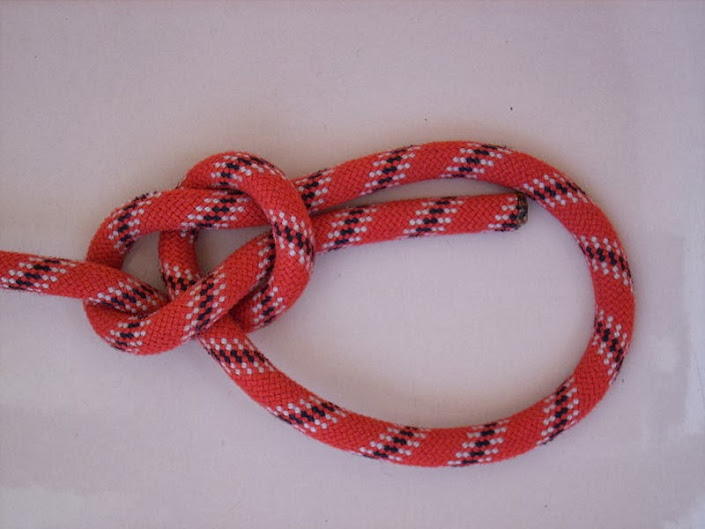“To tie a knot seems a simple thing, and yet there are right and wrong ways of doing it. Very often it happens that lives depend on a knot being properly tied.”
– Robert Baden-Powell, “Scouting for Boys”, 1908.
Knowing how to tie some basic knots is an integral part of your backcountry skill set. Equally important is being able to recognize which knot is appropriate for which task.
There are literally hundreds of different knots out there from which to choose. Indeed, I have a “knot geek” buddy by the name of Jim, who can literally rattle on for hours about the endless variations and nuances of knot tying. The truth, however, is that for backpacking purposes you only need to know a handful. Forget about the rest. They’ll only make your head swim.
Below are six knots that I have found useful for backpacking purposes. For detailed step-by-step diagrams, click on the name of the knot in which you are interested. The links will take you to AnimatedKnots.com and NetKnots.com, both of which are excellent sources for anything and everything to do with knots.
TIP: When it comes to tying knots, repetition is key. The more you practice, the better you become. Go figure.
Useful Knots for Hikers
- Reef (square) Knot: Used to tie two rope ends of the same diameter together. Appropriate for first aid, as it lies flat against the injured area.
- Sheet Bend: Used for joining two ropes of different diameters together.
- Bowline: A fixed loop knot that is handy for lowering packs, hanging food or in an emergency, lowering a companion.

Bowline (photo from Wikimedia Commons)
- Clove Hitch: Suitable for tying off to tent pegs.
- Two Half Hitches: Ideal for securing a rope or guyline directly against an object (e.g. log, tree, post, rock).
- Taut Line Hitch: An adjustable knot, useful for guying out a tarp or tent. It can be adjusted without releasing the rope/cord’s tension.

Tautline Hitch (photo from Wikimedia Commons)
